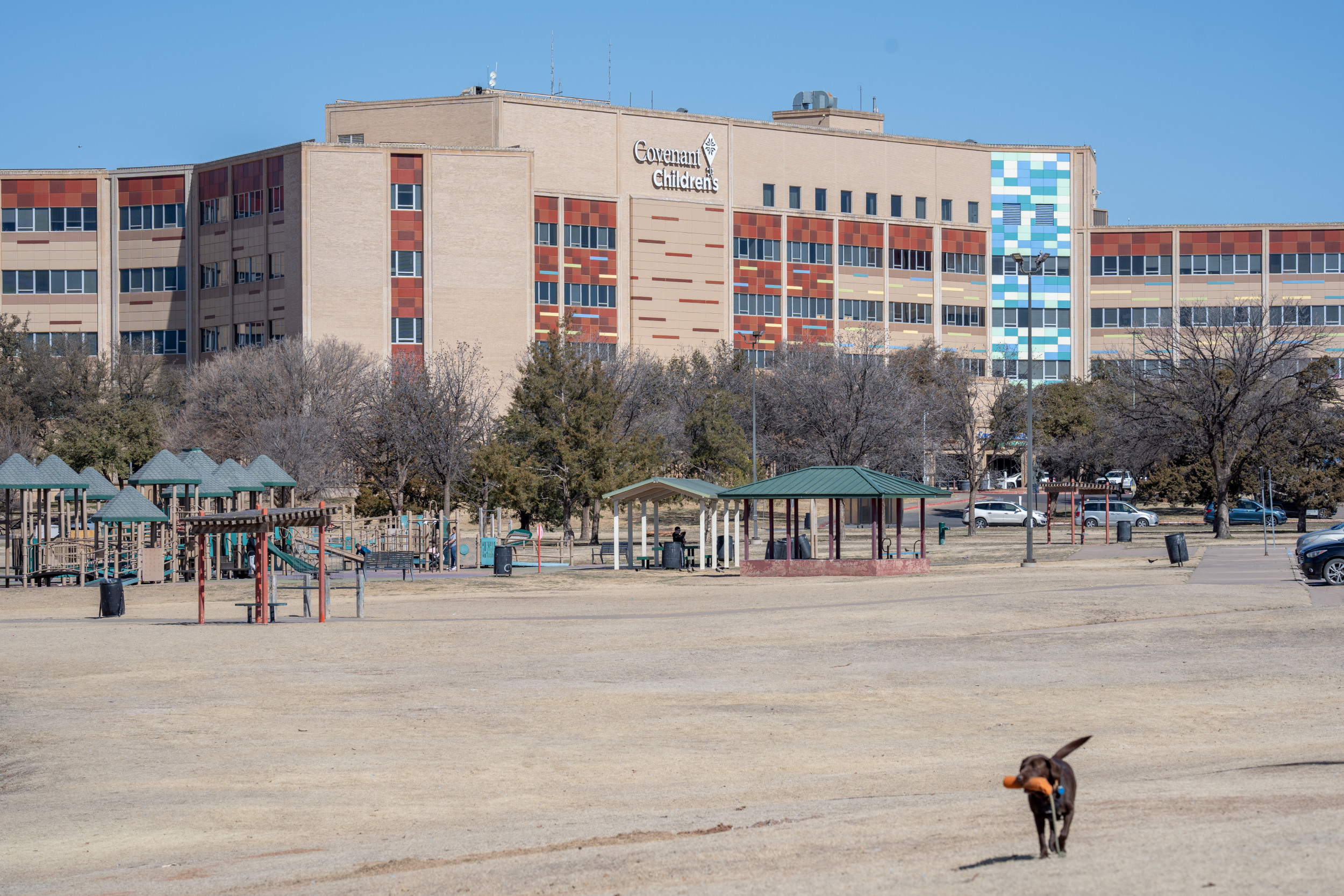Healthcare Crisis: Over 80% of US Counties Deemed 'Healthcare Deserts'

A Growing Concern: The State of Healthcare Access in the US
A startling new report from GoodRx, a leading healthcare and prescription price-comparison website, has revealed a concerning reality: a significant portion of the United States is facing a healthcare access crisis. The research indicates that a staggering 81% of U.S. counties – encompassing over 120 million Americans – are classified as 'healthcare deserts' to some degree. This designation highlights areas struggling with limited or absent access to essential healthcare services.
What Defines a 'Healthcare Desert'?
The term 'healthcare desert' isn't just about a lack of one specific service. It encompasses a broader deficiency in access to vital resources. According to GoodRx's report, a county qualifies as a healthcare desert if it lacks adequate access to any of the following:
- Pharmacies: Essential for prescription medication access and basic health advice.
- Primary Care Physicians: The first point of contact for many health concerns and preventative care.
- Hospital Beds: Crucial for treating acute illnesses and injuries.
- Trauma Centers: Specialized facilities equipped to handle severe trauma cases.
- Community Health Centers: Provide affordable and accessible healthcare services to underserved populations.
The Scope of the Problem: Who is Affected?
The sheer scale of this issue is alarming. Over 120 million Americans live in these healthcare-underserved areas. This impacts rural communities disproportionately, but also affects urban areas facing socioeconomic challenges and systemic healthcare inequities. The consequences are far-reaching, potentially leading to delayed diagnoses, untreated conditions, and poorer overall health outcomes. Individuals in these areas may face significant barriers to receiving timely and appropriate care, impacting their quality of life and potentially leading to preventable hospitalizations.
Why is this Happening? Contributing Factors
Several factors contribute to the rise of healthcare deserts. These include:
- Rural Population Decline: As populations shift to urban centers, healthcare providers often follow, leaving rural areas underserved.
- Financial Challenges for Providers: Maintaining healthcare facilities in low-income areas can be financially unsustainable.
- Lack of Insurance Coverage: Uninsured or underinsured individuals are less likely to seek preventative care, exacerbating health problems.
- Physician Shortages: A nationwide shortage of healthcare professionals, particularly in specialized fields, further limits access.
What Can Be Done? Potential Solutions
Addressing this crisis requires a multi-faceted approach. Potential solutions include:
- Incentivizing Healthcare Professionals: Offering loan repayment programs and other incentives to encourage doctors and nurses to practice in underserved areas.
- Expanding Telehealth Services: Leveraging technology to provide remote consultations and monitoring.
- Investing in Community Health Centers: Increasing funding for these vital resources.
- Addressing Social Determinants of Health: Tackling poverty, food insecurity, and other factors that impact health outcomes.
- Policy Changes: Implementing policies that promote equitable access to healthcare for all Americans.
Looking Ahead: A Call to Action
The report from GoodRx serves as a critical wake-up call. The prevalence of healthcare deserts in the United States is a serious public health concern that demands immediate attention. By understanding the scope of the problem and implementing effective solutions, we can work towards ensuring that all Americans have access to the healthcare they need to thrive. Further research and ongoing monitoring are vital to track progress and adapt strategies as needed.





00985-7/asset/ab40fc4f-b856-451a-b3dc-0c1329487d7a/main.assets/gr2.jpg)
